Originally posted by blackchisel97
View Post



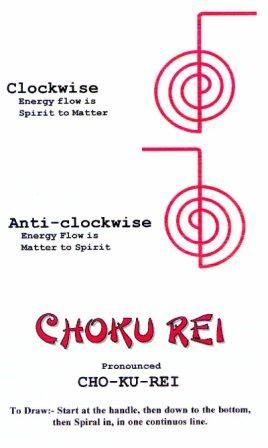

 I was trying too quickly to express my thinking line between winding Caduceus and finding two conical coils
I was trying too quickly to express my thinking line between winding Caduceus and finding two conical coils . I set them vertically with apexes touching and placed two ring magnets with N poles together. I wound lousy coil around... and I'm winding small Caduceus to act as a receiving antenna. Trying to focus on my thoughts and what I learned from you
. I set them vertically with apexes touching and placed two ring magnets with N poles together. I wound lousy coil around... and I'm winding small Caduceus to act as a receiving antenna. Trying to focus on my thoughts and what I learned from you  There is a common denominator among several devices, including some that people are trying to replicate, including John Bedini, Mark TPU, Kapanadze and others. I just hope my intuition is right and I'm not misleading anyone. Feel free to correct my drawing. I used Windows Paint. Monsieur M, I hope I don't litter your thread with my thoughts which came without warranty of any sort and don't have to be necessary right (as my drawing above).
There is a common denominator among several devices, including some that people are trying to replicate, including John Bedini, Mark TPU, Kapanadze and others. I just hope my intuition is right and I'm not misleading anyone. Feel free to correct my drawing. I used Windows Paint. Monsieur M, I hope I don't litter your thread with my thoughts which came without warranty of any sort and don't have to be necessary right (as my drawing above).





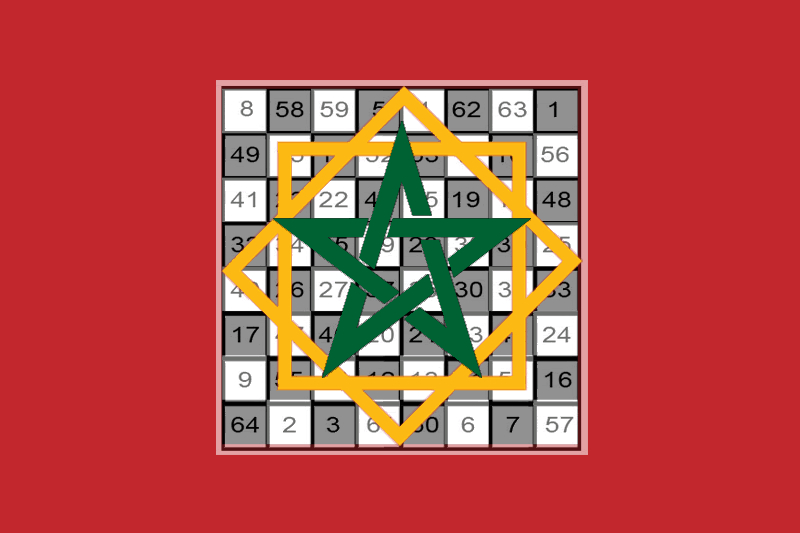









 )
)





 )
) 






 )
)







 ) to show that standard models for describing quantum tunnelling can explain the experimental enzyme data, so long as one accounts for the fact that enzymes have many possible different structures. Enzymes, like all proteins, are constantly fluctuating between many subtly different structures, which can have significantly different catalytic properties.
) to show that standard models for describing quantum tunnelling can explain the experimental enzyme data, so long as one accounts for the fact that enzymes have many possible different structures. Enzymes, like all proteins, are constantly fluctuating between many subtly different structures, which can have significantly different catalytic properties.







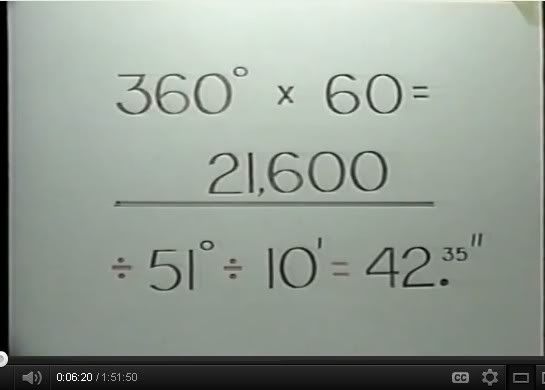

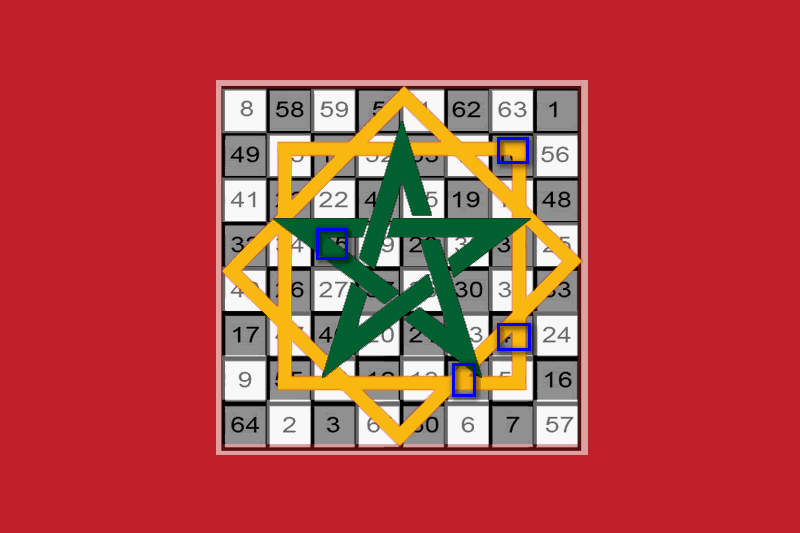













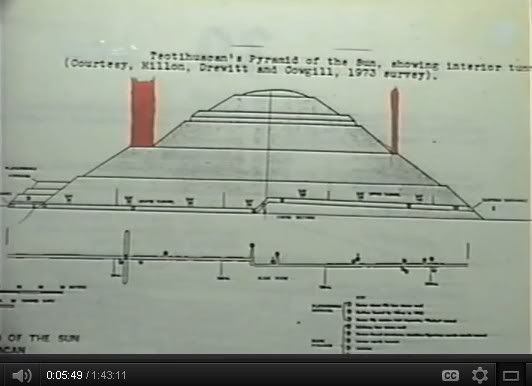
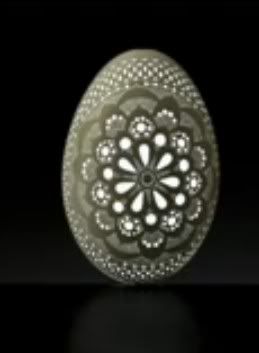
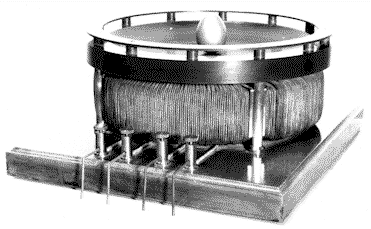
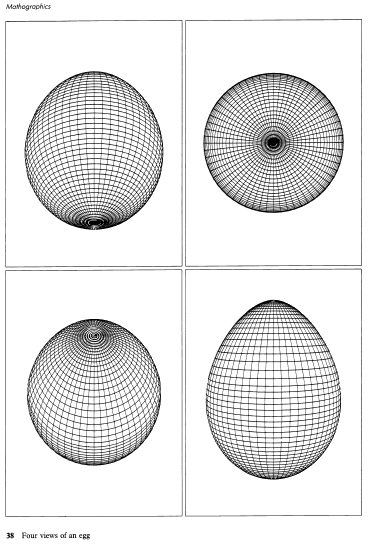
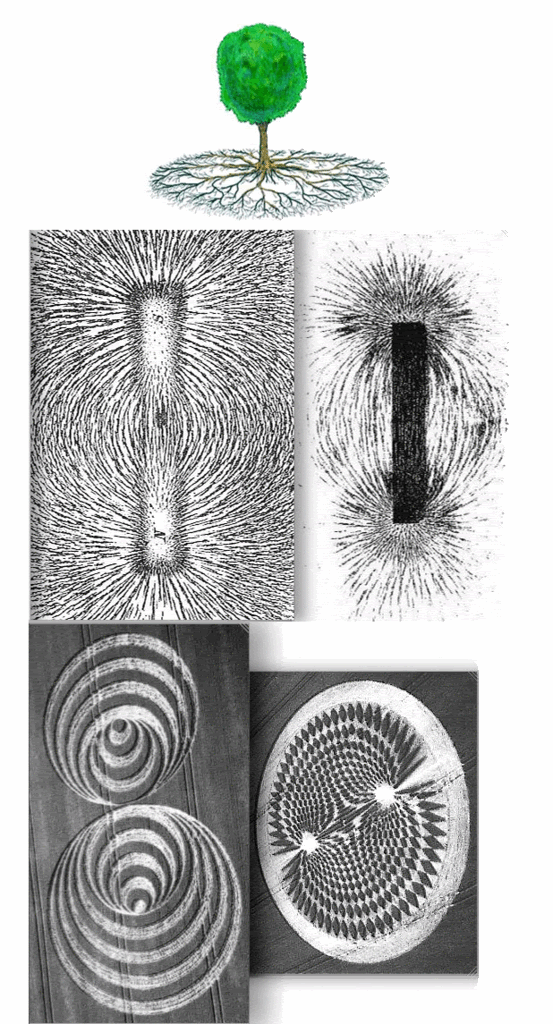
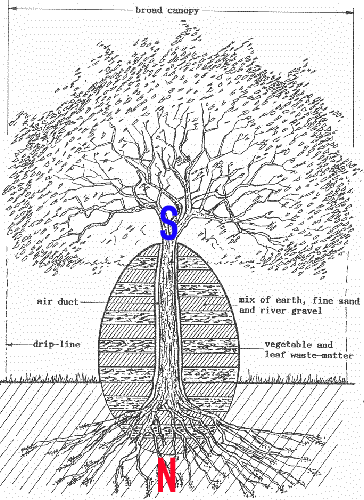
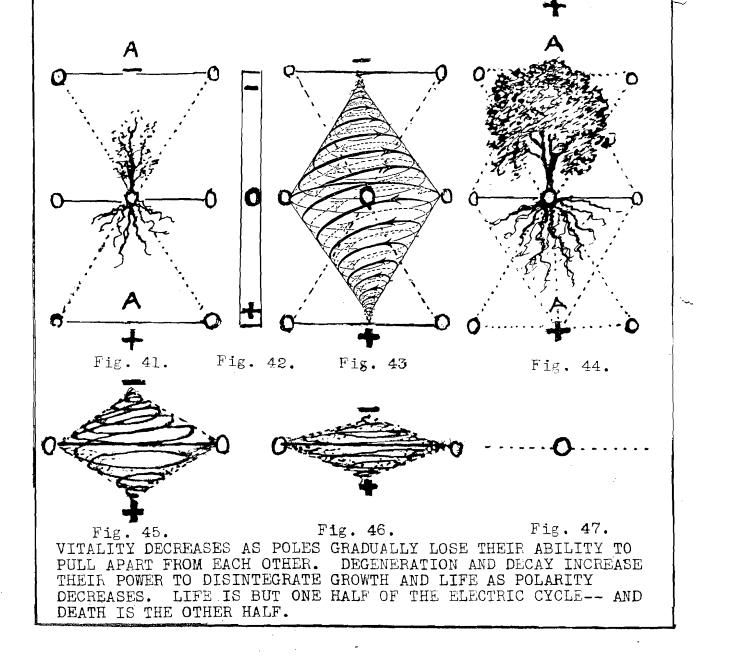

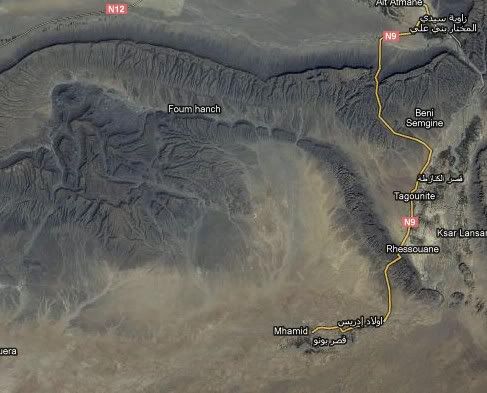


Comment